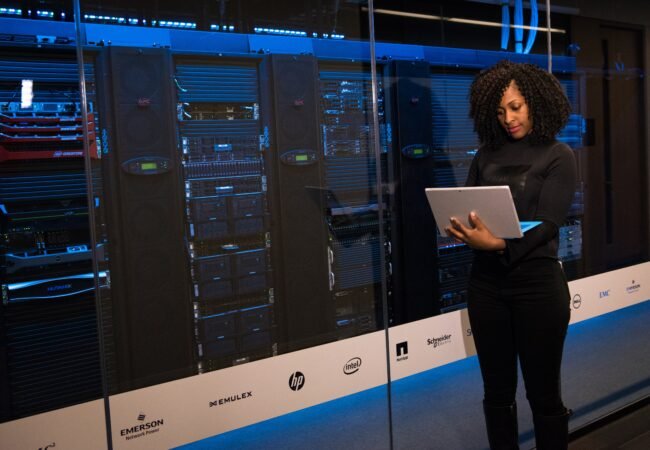
The Mobile World Congress was all about returning to the rush of our pre-COVID days. For those who haven’t been, there are approaching 100,000 attendees and hundreds of stands in 250,000 sqm of conference space. It’s big. Subsequently, you cannot see everything, so everyone’s impression differs.
The headlines are covered extensively by more accomplished observers than me, so I’ll restrict this to the conversations replaying in my head on the plane home.
Working in IoT coverage is always a key topic, with conversations on difficult-to-accommodate solutions often drifting to satellite connectivity.
Conversations on cellular IoT satellites usually revolve around low earth orbit (LEO) clusters and non-terrestrial networks (NTN), which use the same hardware as terrestrial 5G. The solution relies on developments described in 3GPP Rel.17, which is not deployed yet.
I have been told that chip vendors will deploy Release 17 elements this year exactly when it is vendor-dependent. There are also some NTN satellite companies with early test solutions in orbit, but it is early days. In my opinion, we are at least 12 to 18 months away, and even that is subject to some very ambitious deployment schedules. My limited evaluation concluded most NTN networks expect to have deployed less than ten satellites by the end of this year.
This would provide approximately four opportunities a day to send data. However, their expected ramp-up is huge. By the end of 2024, most estimate around 50 to 60 satellites, a 50how 0% increase, and by the end of 2026, over 250. This would give permanent connectivity, but it appears to be a very aggressive schedule.
Concerns About Licensing of the NTN Spectrum
NTN uses separate dedicated 3GPP bandwidth (N255/N256) to communicate with the LEO satellites, and the NTN provider must file an application with the ITU for each nation. This normally consists of the NTN partnering with a national operator (MNO) in that region to petition the regulator. The MNO supports the NTN application to resolve their blind spots. This makes total sense in large, sparsely populated countries, maybe Australia or Mongolia, but how keen will European operators, where coverage is pretty much ubiquitous, be to assist?
Also, if spectrum access is negotiated in individual countries, how is service paused over a small country where there may be no agreement? Imagine if Qatar did not have an agreement, but Saudi Arabia and UAE did. I have never had this satisfactorily answered.
There are also some countries, conspicuously Brazil, who do not have MSS Bandwidth Allocation for NTN yet, so this will need legislation and is, therefore, again, a potential delay.
Solutions for the Future
There are other options. Lynk extends an operators’ network by using their satellites as “cell towers in space” and removing the spectrum licensing issues highlighted above as they use the MNO’s existing agreements. Here roaming agreements could be negotiated with the MNO for access.
Skylo made a real impact at MWC, appearing on multiple vendor partners’ stands. They use higher orbit satellites but are still accessible using normal telecom equipment. They, too, avoid the spectrum licensing issue as they can utilize the same licensing of existing satellite operators. The data packets are smaller but sufficient for most use cases, and the go to market appears significantly reduced.
In parallel to MWC, the Mobile Ecosystem Forum held panels and events inside and outside the main conference. I was fortunate enough to participate in “IoT Beyond Connectivity,” examining the current trends, challenges, and opportunities of IoT.
Complex Solutions Demand Evolved Security
As expected, solution complexity, regulation and security when delivering IoT were high on the agenda. This highlighted the importance of collaboration between differing, sometimes competing, technologies and vendors.
I have championed this approach, but my fellow panellists were, if anything, more passionate. Highlighting that maintaining continuity of design, from the device through connectivity and application development, is the only way to deliver both the solution and cyber security effectively.
This problem expands as more complex use cases, using multiple devices via multiple connectivity mediums and various applications, become the norm. Add hybrid public-private networks using multiple clouds, local area networks and other factors and the rise in complexity is exponential.
To address this problem, we will see a significant increase in the importance of system integrators. I see them creating a trusted pool of like-minded vendors to construct a flexible, verified and secure ecosystem, similar to Rakuten’s ORAN community, necessary to drive the next level of IoT solution complexity.
My final takeaway was how on earth China Mobile kept their huge stand so immaculately white. Their pristine carpet put my shirt to shame! I need to ask for their secret. So there we have it – my first reason to return next year.






